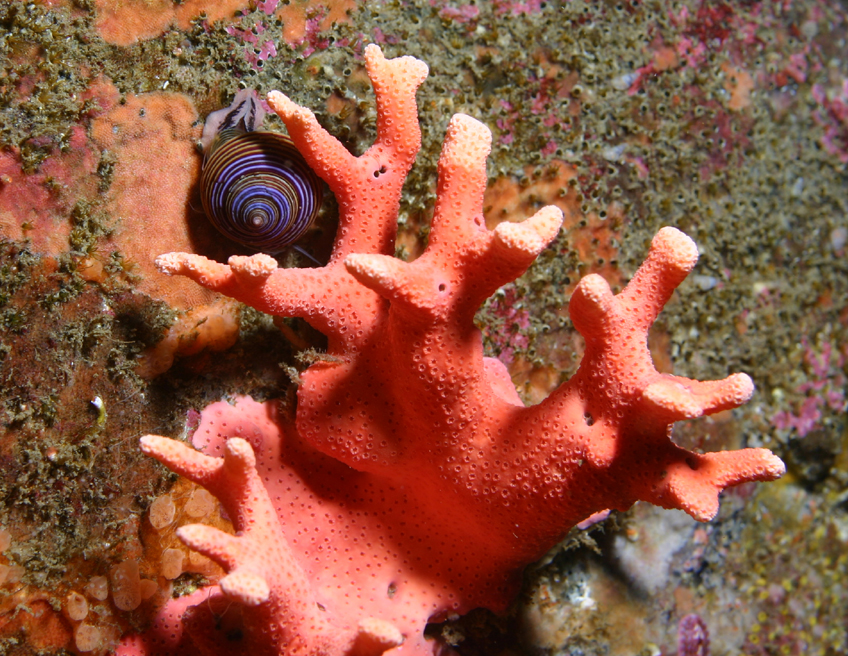|
Paulinum (hydrozoan)
''Paulinum'' is a genus of hydrozoans belonging to the order Anthoathecata Anthoathecata, or the athecate hydroids, are an order of hydrozoans belonging to the phylum Cnidaria. A profusion of alternate scientific names exists for this long-known, heavily discussed, and spectacular group. It has also been called Gymnobl ..., family unassigned. The species of this genus are found in Indian Ocean, Northern America. Species: *'' Paulinum lineatum'' *'' Paulinum punctatum'' References Capitata Hydrozoan genera {{Anthoathecata-stub ... [...More Info...] [...Related Items...] OR: [Wikipedia] [Google] [Baidu] |
Hydrozoans
Hydrozoa (hydrozoans; ) are a taxonomic class of individually very small, predatory animals, some solitary and some colonial, most of which inhabit saline water. The colonies of the colonial species can be large, and in some cases the specialized individual animals cannot survive outside the colony. A few genera within this class live in freshwater habitats. Hydrozoans are related to jellyfish and corals and belong to the phylum Cnidaria. Some examples of hydrozoans are the freshwater jelly (''Craspedacusta sowerbyi''), freshwater polyps ('' Hydra''), ''Obelia'', Portuguese man o' war (''Physalia physalis''), chondrophores (Porpitidae), "air fern" (''Sertularia argentea''), and pink-hearted hydroids (''Tubularia''). Anatomy Most hydrozoan species include both a polypoid and a medusoid stage in their lifecycles, although a number of them have only one or the other. For example, ''Hydra'' has no medusoid stage, while '' Liriope'' lacks the polypoid stage. Polyps The hydroid fo ... [...More Info...] [...Related Items...] OR: [Wikipedia] [Google] [Baidu] |
Anthoathecata
Anthoathecata, or the athecate hydroids, are an order of hydrozoans belonging to the phylum Cnidaria. A profusion of alternate scientific names exists for this long-known, heavily discussed, and spectacular group. It has also been called Gymnoblastea and (with or without an emended ending ''-ae''), Anthomedusa, Athecata, Hydromedusa, and Stylasterina. There are about 1,200 species worldwide.Schuchert, P. (2014). Anthoathecata. Accessed through: Schuchert, P. (2014) World Hydrozoa database at http://www.marinespecies.org/hydrozoa/aphia.php?p=taxdetails&id=13551 on 2014-10-31 These hydrozoans always have a polyp stage. Their hydranths grow either solitary or in colonies. There is no firm perisarc around the polyp body. The medusae, or jellyfish, are solitary animals, with tentacles arising from the bell margin, lacking statocysts but possessing radial canals. Their gonads are on the manubrium ("handle").Bouillon, J.; Gravili, C.; Pagès, F.; Gili, J.-M.; Boero, F. (2006). An intro ... [...More Info...] [...Related Items...] OR: [Wikipedia] [Google] [Baidu] |
Paulinum Lineatum
{{Disambiguation ...
Paulinum may refer to: * ''Paulinum'' (hydrozoan), a genus of hydrozoans in the order Anthoathecata, family unassigned *Paulinum (University of Leipzig), university building of University of Leipzig *Paulinum Theological Seminary, Windhoek, Namibia Namibia (, ), officially the Republic of Namibia, is a country in Southern Africa. Its western border is the Atlantic Ocean. It shares land borders with Zambia and Angola to the north, Botswana to the east and South Africa to the south and ea ... [...More Info...] [...Related Items...] OR: [Wikipedia] [Google] [Baidu] |
Paulinum Punctatum
{{Disambiguation ...
Paulinum may refer to: * ''Paulinum'' (hydrozoan), a genus of hydrozoans in the order Anthoathecata, family unassigned *Paulinum (University of Leipzig), university building of University of Leipzig *Paulinum Theological Seminary, Windhoek, Namibia Namibia (, ), officially the Republic of Namibia, is a country in Southern Africa. Its western border is the Atlantic Ocean. It shares land borders with Zambia and Angola to the north, Botswana to the east and South Africa to the south and ea ... [...More Info...] [...Related Items...] OR: [Wikipedia] [Google] [Baidu] |
Capitata
Capitata is a suborder of Hydrozoa, a class of marine invertebrates belonging to the phylum Cnidaria. Characteristics Members of this suborder are characterised by the tentacles of the polyps terminating in knobs. In some species these are only present in juvenile forms being replaced in adults by more threadlike tentacles. A high nematocyst concentration is present in the knobs. A few species in this group are better known as their solitary medusa form than as their polyp form. These include ''Sarsia'', '' Polyorchis'' and '' Cladonema''. Families According to the World Register of Marine Species, the following families are found in this suborder : * Asyncorynidae Kramp, 1949 * Cladocorynidae Allman, 1872 * Cladonematidae Gegenbaur, 1857 * Corynidae Johnston, 1836 * Halimedusidae Arai & Brinckmann-Voss, 1980 * Hydrocorynidae Rees, 1957 *Milleporidae Fleming, 1828 * Moerisiidae Poche, 1914 * Pennariidae McCrady, 1859 *Porpitidae Goldfuss, 1818 * Pseudosolanderiidae Bouillo ... [...More Info...] [...Related Items...] OR: [Wikipedia] [Google] [Baidu] |

